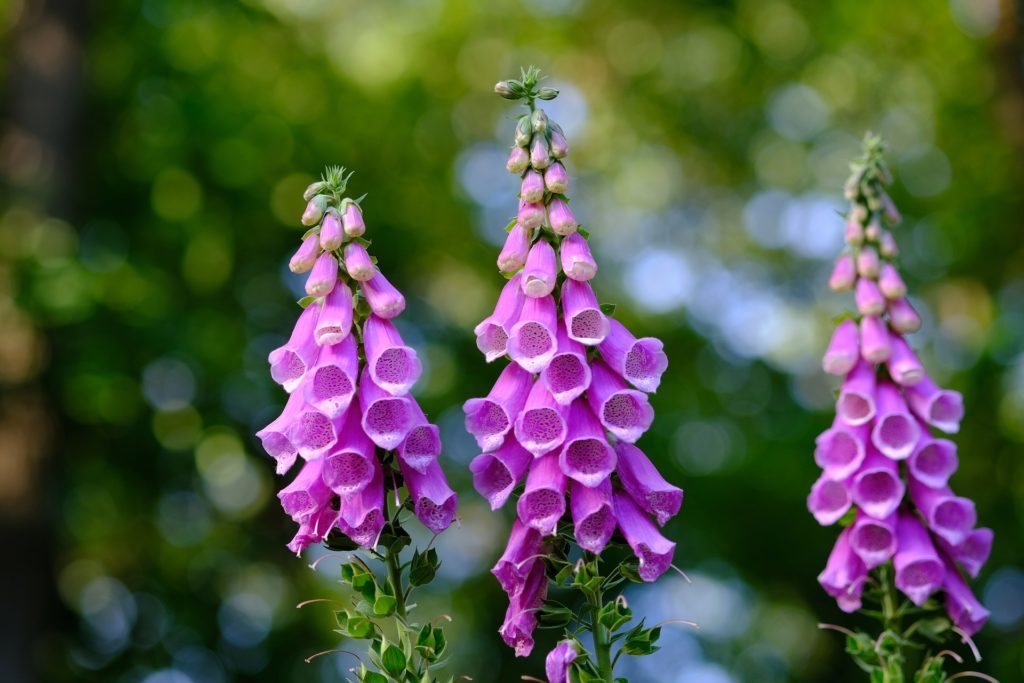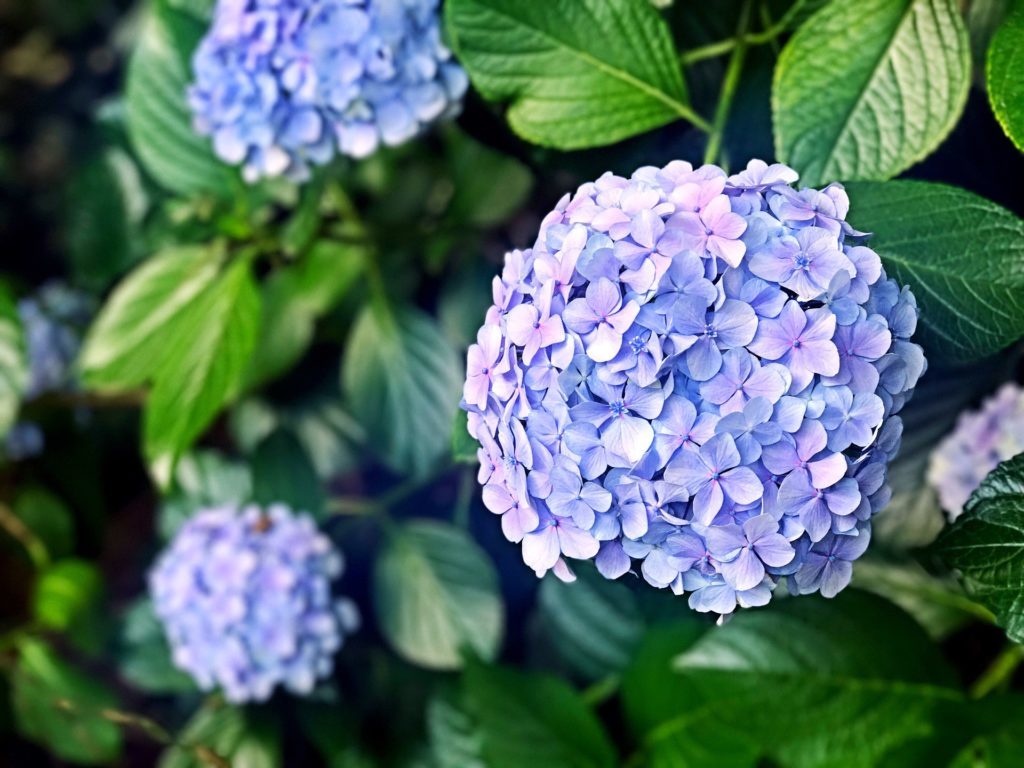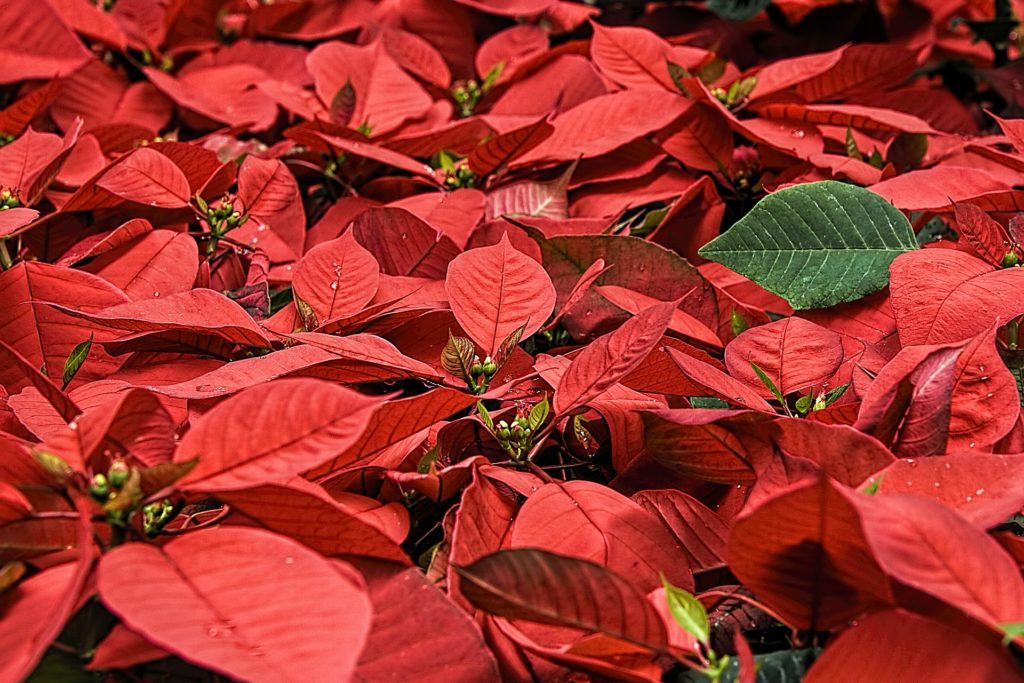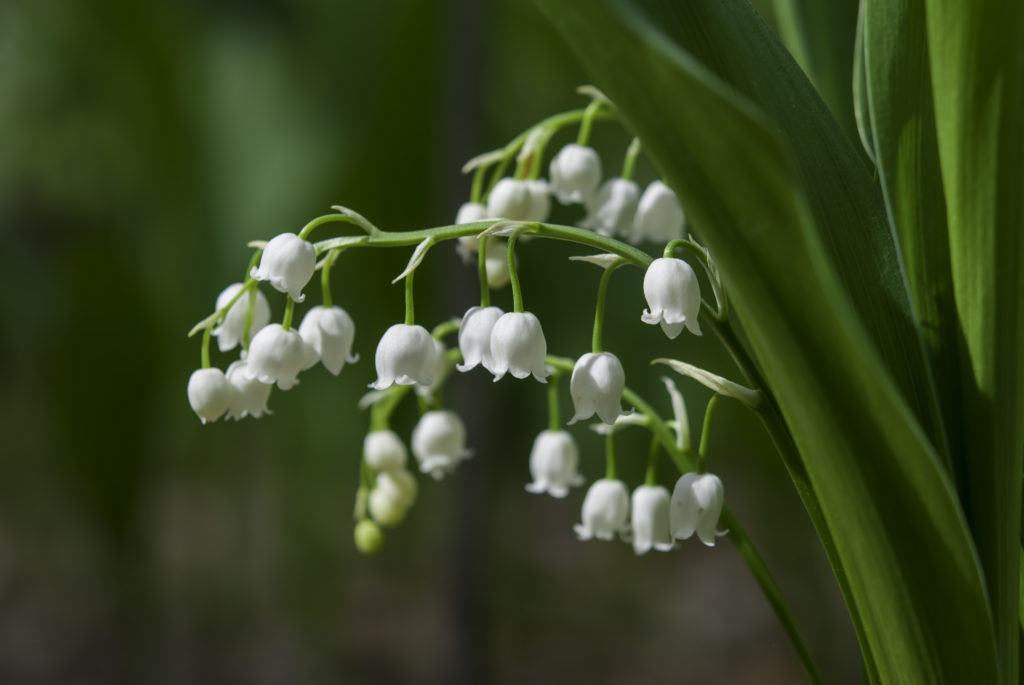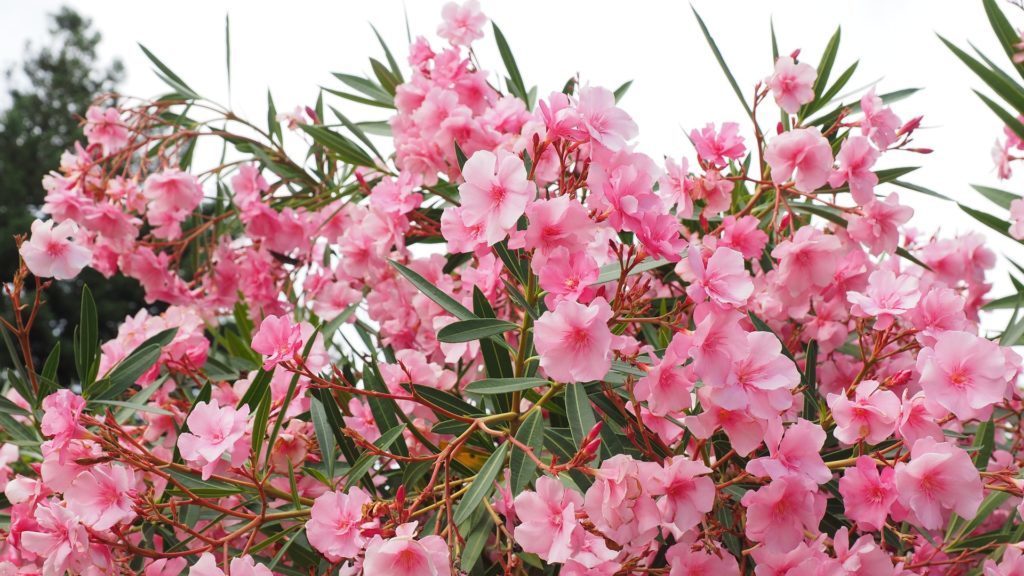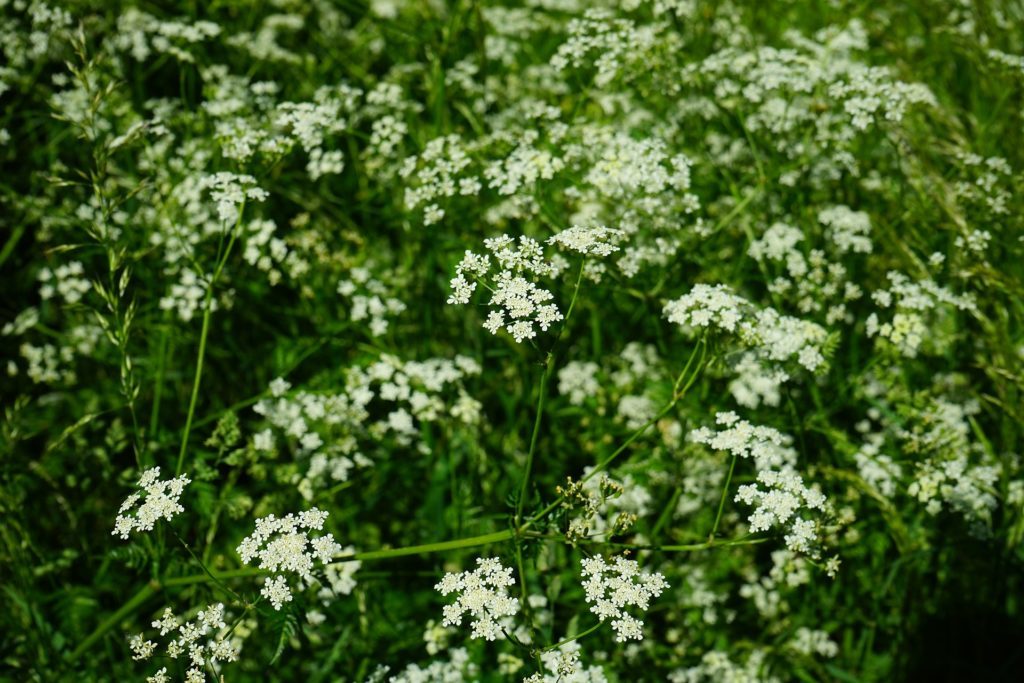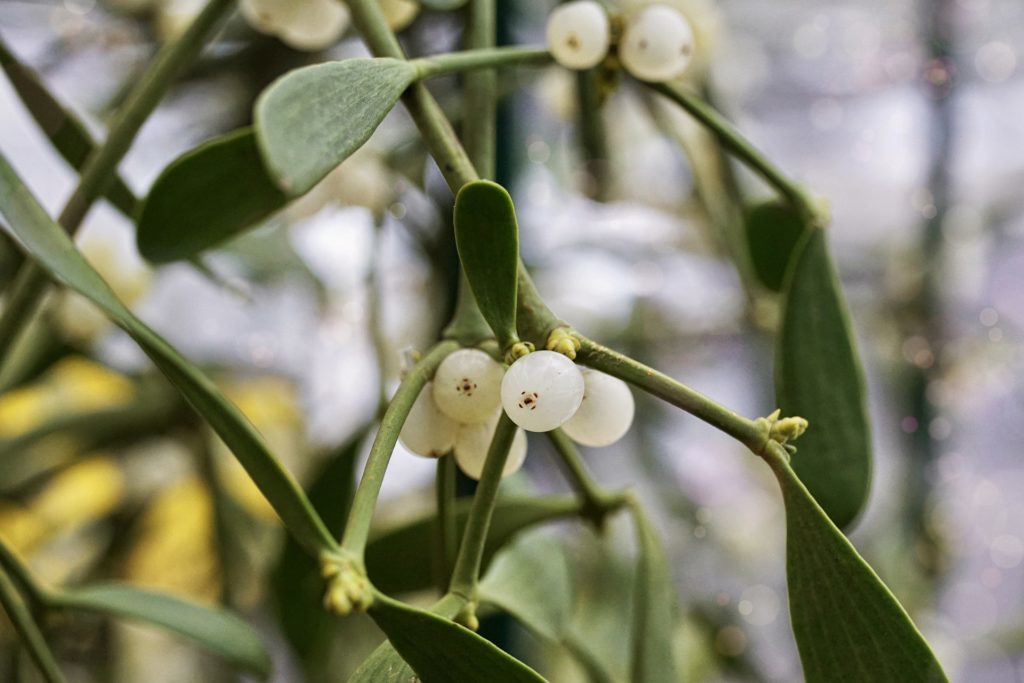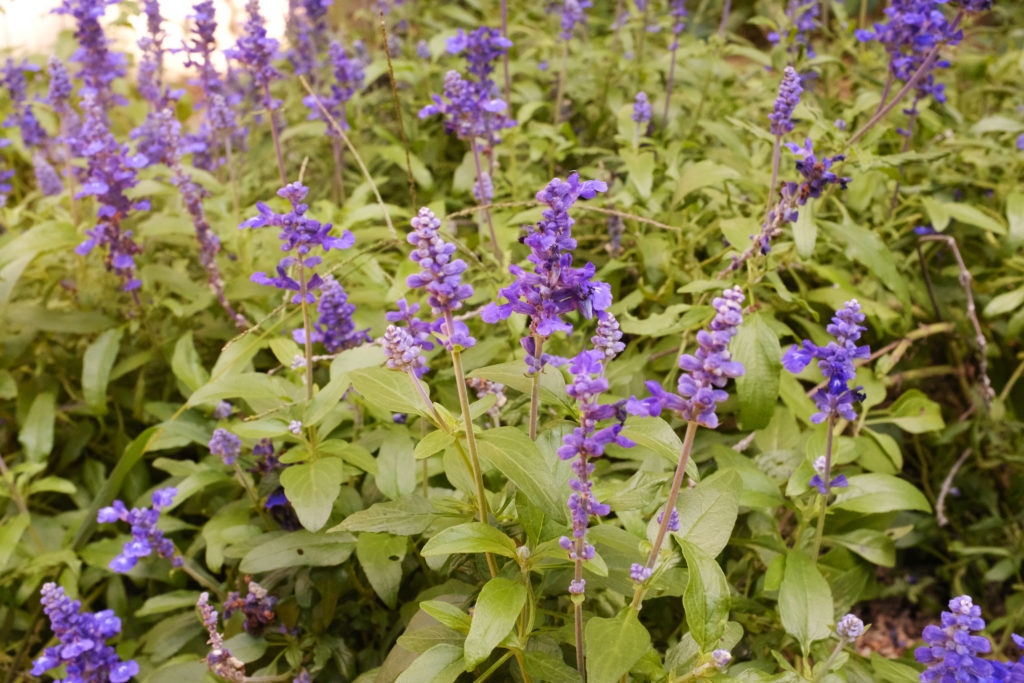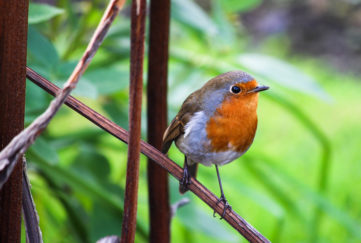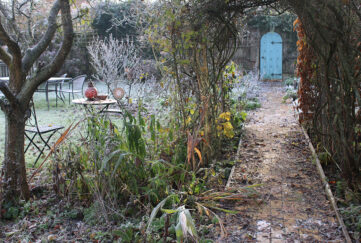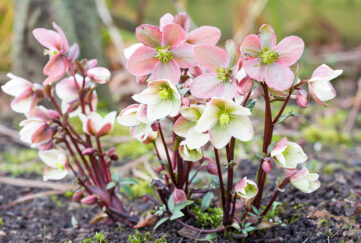10 Plants That Could Kill You!
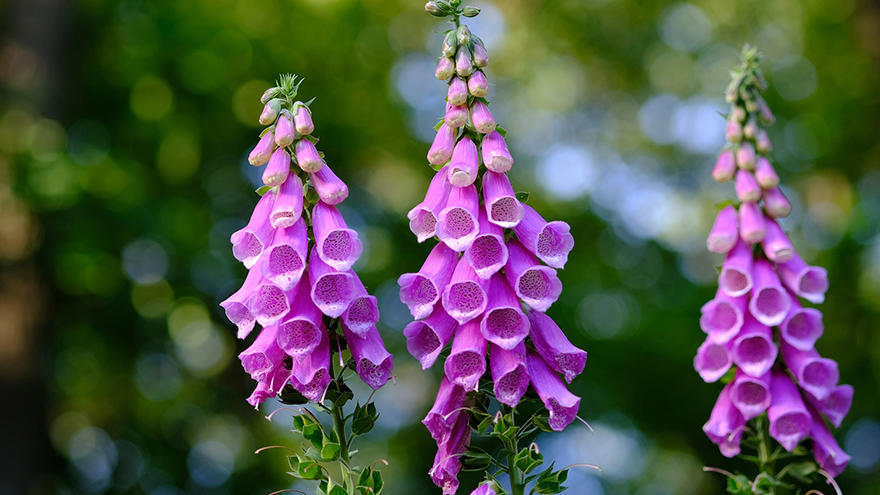
British gardeners have been warned to beware of poisonous and toxic plants lurking in their flowerbeds this spring.
As spring rolls around and thousands of gardening enthusiasts take to their backyards to preen and plant, the garden experts at BillyOh.com have compiled a list of the ten deadly plants we should be steering away from this year.
Whilst to many, poisonous petals and toxic leaves might only be found in the pages of their favourite childhood fairy tales, the reality is that some of the nation’s favourite and most common domestic and wild plants are actually harbouring harmful – and even deadly – toxins.
A spokesperson for BillyOh.com commented: “Being killed by eating part of a deadly plant sounds like something from a horror movie, or something that could only happen to somebody living in the most tropical countries.
“But in actual fact, some of the most toxic plants and flowers are perfectly capable of growing and surviving in the UK – and they do so in thousands of homes and gardens.
“Whilst most are only deadly if consumed in large quantities, they still pack nasty toxins that can cause some pretty horrible side effects.
“From potentially suffering from vomiting and diarrhoea, to hallucinations and convulsions – these are some of many reasons Brits should educate themselves on the potentially harmful plants hiding in and around their homes.”
Here are 10 deadly plants that could be hiding in your home or garden:
1 Foxglove
Don’t let the pretty colours and striking appearance of the foxglove flower fool you – these bell-shaped blooms contain a compound used for treating heart failure, so eating them is like taking an unregulated dose of heart medicine!
2 Hydrangea
These popular blossoms contain a toxin that we’ll all be scarily familiar with: cyanide! It can cause shortness of breath, dizziness, fainting, and a rapid pulse, along with a drop in blood pressure. But don’t worry, pets and humans would need to ingest quite a bit for the effects of this flower to be fatal.
3 Poinsettia
Most often seen around the festive period, the milky sap in the veins of this plant is actually quite toxic. There have only ever been two documented cases of them causing human death, but you’ll want to keep your children and pets away from them nonetheless, as vomiting and diarrhoea could be rife if ingested.
4 Purple nightshade
Steer very clear of this one – though the entire plant is toxic, if you pop just a handful of berries in your mouth you’ll be physically incapable of calling for help. After you lose your voice, respiratory complications, intense digestive disruption, and violent convulsions begin – the combination of which has proven fatal.
5 Lily-of-the-valley
These tiny, white bell-like shaped flowers pack a potent, sweet-smelling scent despite its small size, but just a bite can cause headaches, hot flushes, hallucinations and irritability – not to mention red blotches of cold, clammy skin. Even the water you place cut lily-of-the-valley flowers in can contain deadly traces of convallatoxin, which intensifies the heart’s contractions.
6 Oleander
Just one leaf from this striking flower has been known to harm a child! Symptoms of poisoning include drowsiness, slowed heart rate and uncontrollable shaking.
7 Water hemlock
These small white flowers are some of the prettiest wildflowers around, but if you have curious pets, you should remove them. The toxin in white hemlock smells like carrot yet wastes no time in attacking the central nervous system, causing severe seizures and convulsions that turn deadly as a result of asphyxia and cardiovascular collapse.
8 Mistletoe
The effect of consuming any part of this parasitic plant in large doses can cause digestive problems, slowed heartbeat and hallucinogenic effects in humans. Munching on a couple of leaves, berries, or shoots—or drinking mistletoe-flavoured tea—will cause abdominal pain and diarrhea. Cases where mistletoe ingestion were fatal involved gastroenteritis (an inflammation of the stomach and small intestine), followed by cardiovascular collapse.
9 Larkspur
Immediately after ingesting any part of this enticing blue plant, nausea, burning in the mouth, vomiting, and slowing of the heartbeat set in. If this happens, seek medical treatment right away, because six hours is all it takes for this flower to become lethal.
10 Wolfsbane
One of the most toxic plants that can be found in the UK, the toxins in Wolfsbane can cause a slowing of heart rate which could be fatal, and even eating a very small amount can lead to an upset stomach. Its poison can also act through contact with the skin, particularly through open wounds.
For tips on how to make your garden pet friendly . . .

